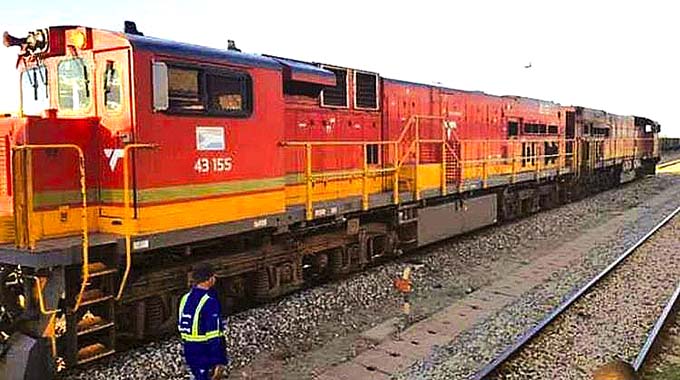The future of trade
Trade facilitation remains a huge factor that can make or break international trade.
It remains vast in scope and detail.
Instituting trade facilitation reform has meant countries choose strategies that will deliver immediately in the trade supply chains.
The aim of trade facilitation reform is to remove bottle necks within the trade system so as to achieve seamless trade that is predictable and certain within the legal frame work.
Identifying bottle necks and the solutions to achieve seamless trade has not been a straight forward agenda owing to the complexities of international trade.
Movement of goods across borders is characterised by friction amongst trading players due to the amount of manual paperwork that is executed across expanse different geographical locations, different time zones and different modes of transport.
It is more than a commercial transaction between buyer and seller but also involves sophisticated production and sourcing networks strewn across the world.
Research reveals that an average freight consignment at the Rotterdam Port can have 28 distinct parties and an assortment of documents containing sensitive data.
Maerskline IBM’s research reveals costs associated with manual paper processes as high as 20 percent of the transport costs compounded by delays and inefficiencies.
The time taken to process the paper work for customs clearing goods may far exceed the time associated to physically move the goods to their destination.
The manual paper based processes have become the source of friction demanding modernisation through paperless processes.
The challenge with manual paper process is the absence of digital means to verify the authenticity of the papers by digital means.
The international trade community defines paperless trade as trade encompassing electronic forms and covers transactions ranging from business to government (B2G) or business to business (B2B) covering electronic exchange of information in the realm of international trade.
The demand for paperless trade has been further dictated by the modernisation of supply chains that have short product life cycles, ever-changing consumer behaviour and other technology advance within the chain.
Paperless trade stands to deliver specific benefits for MSMEs through the advantages found in electronic platforms such as ease access global markets.
In manual processes the amount of paperwork and multiple submissions of documents has been a severe impediment to trade.
From a government perceptive, paperless trade provides data, audit trail, transparency and real-time location of cargo.
Governments are increasingly interested in this data to ensure compliance of environmental standards amongst other issues like security that may affect the general populace.
The inherent rent-seeking opportunities are reduced in a paperless trade environment.
Modern commerce is much more sophisticated and in a paperless environment, the success of business is determined by the business’s proficient use of internet and messaging protocols.
The electronic exchange of information is relatively easy within this environment, enabling business players to have identical information simultaneously in a complex environment.
The just-in-time delivery has been a by-product of the paperless trade. This reduces inventories on most businesses, ordering merchandise when it is required for use as opposed to stocking.
In a survey conducted by UN on 120 countries, only 60 percent countries have manage to implement trade facilitation reform that is inclusive of paperless trade.
Only 34 percent of countries have implemented cross-border exchange of electronic data and documents.
Less than 10 percent of low income countries have adopted “Single Windows” due to the challenges and conditions synonymous with the single window systems.
While paperless trade will benefit MSMEs and most of e-traders, the challenge will be digital literacy and the speed of internet.
Most women businesses are part of MSMEs. Training and capacity building programmes around digital literacy will be highly necessary to bridge the gap while achieving socioeconomic inclusivity.
Furthermore, when the internet becomes available, the cost may not be affordable to most of these businesses. These will be challenges that will mitigate migration to a paperless era.
Research on Africa by UNECA has identified poor telecommunications as a non-physical barrier to trade.
Nevertheless communication has been identified by AfCFTA as one of the 5 priority sectors for trade liberalisation.
Africa will need to invest in telecommunications as a means towards improving trade facilitation.
To realise accelerated industrialisation of Africa through intra-Africa trade, efficiency, dynamic and cost effective trade strategies must be in place. One of the strategies is paperless trade.-herald.cl.zw











